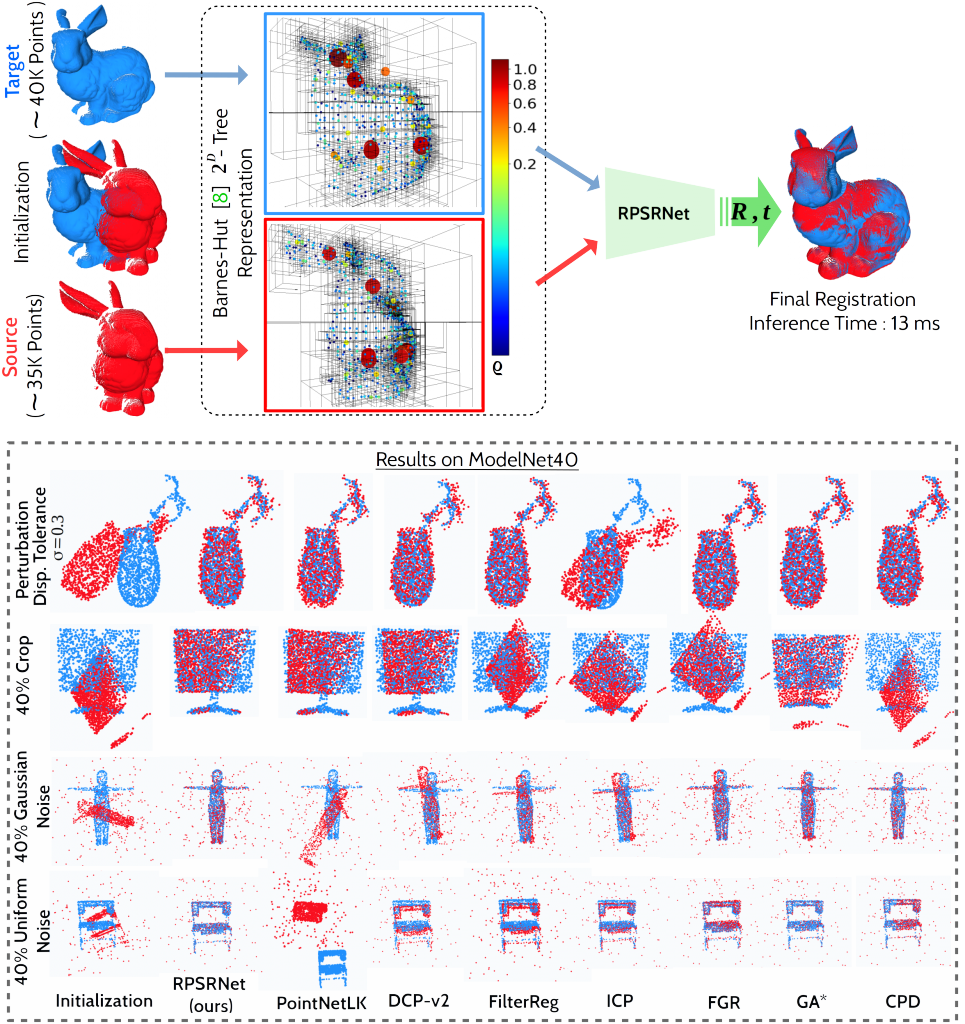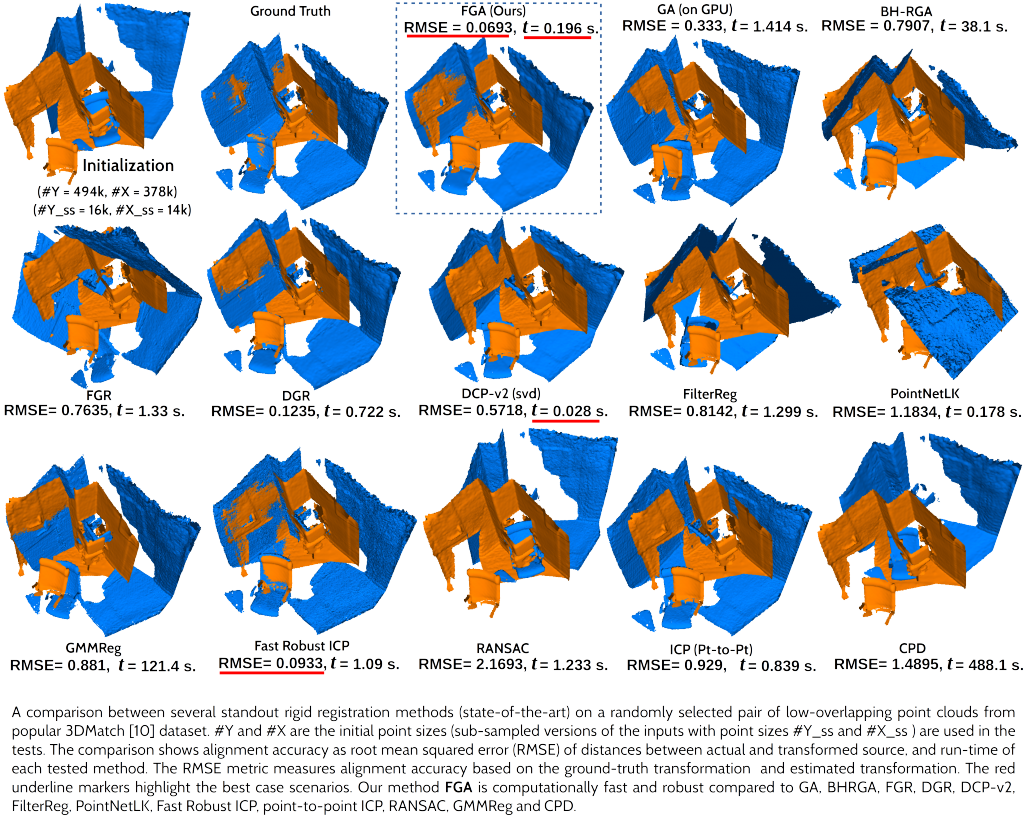We are happy to announce that our paper “SEMANTIC SEGMENTATION IN DEPTH DATA : A COMPARATIVE EVALUATION OF IMAGE AND POINT CLOUD BASED METHODS” has been accepted for publication at the ICIP 2021 IEEE International Conference on Image Processing which will take place from September 19th to 22nd, 2021 at Anchorage, Alaska, USA.
Abstract: The
problem of semantic segmentation from depth images can be addressed by segmenting
directly in the image domain or at 3D point cloud level. In this paper, we
attempt for the first time to provide a study and experimental comparison of the
two approaches. Through experiments on three datasets, namely SUN RGB-D, NYUdV2
and TICaM, we extensively compare various semantic segmentation algorithms, the
input to which includes images and point clouds derived from them. Based on
this, we offer analysis of the performance and computational cost of these
algorithms that can provide guidelines on when each method should be preferred.
Authors: Jigyasa Katrolia,
Lars Krämer, Jason Rambach, Bruno Mirbach, Didier Stricker
Contact: Jigyasa_Singh.Katrolia@dfki.de, Jason.Rambach@dfki.de


